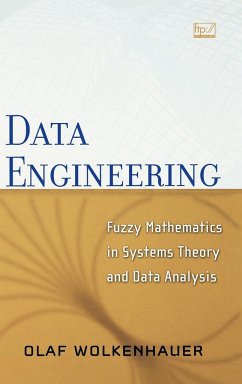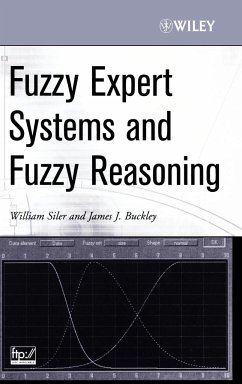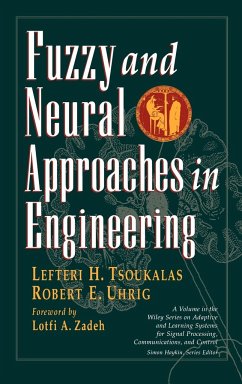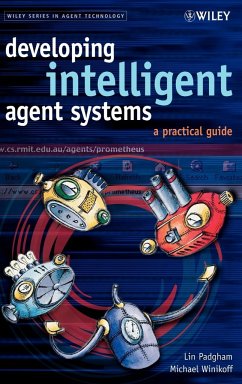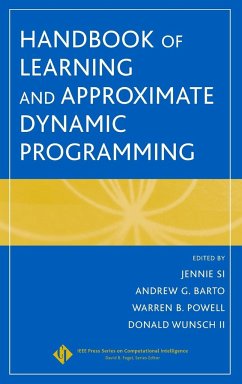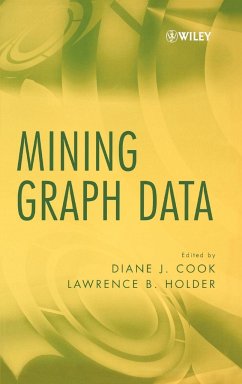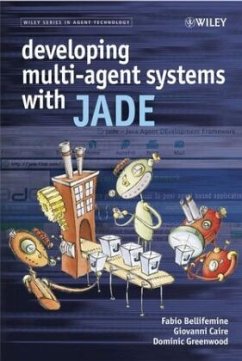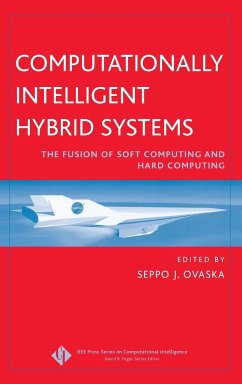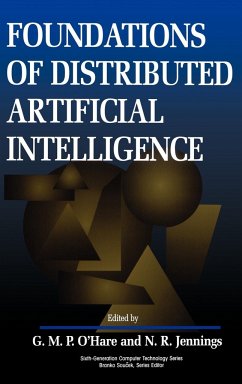
Learning from Data
Concepts, Theory, and Methods

PAYBACK Punkte
82 °P sammeln!
An interdisciplinary framework for learning methodologies-now revised and updatedLearning from Data provides a unified treatment of the principles and methods for learning dependencies from data. It establishes a general conceptual framework in which various learning methods from statistics, neural networks, and pattern recognition can be applied-showing that a few fundamental principles underlie most new methods being proposed today in statistics, engineering, and computer science.Since the first edition was published, the field of data-driven learning has experienced rapid growth. This Secon...
An interdisciplinary framework for learning methodologies-now revised and updated
Learning from Data provides a unified treatment of the principles and methods for learning dependencies from data. It establishes a general conceptual framework in which various learning methods from statistics, neural networks, and pattern recognition can be applied-showing that a few fundamental principles underlie most new methods being proposed today in statistics, engineering, and computer science.
Since the first edition was published, the field of data-driven learning has experienced rapid growth. This Second Edition covers these developments with a completely revised chapter on support vector machines, a new chapter on noninductive inference and alternative learning formulations, and an in-depth discussion of the VC theoretical approach as it relates to other paradigms.
Complete with over one hundred illustrations, case studies, examples, and chapter summaries, Learning from Data accommodates both beginning and advanced graduate students in engineering, computer science, and statistics. It is also indispensable for researchers and practitioners in these areas who must understand the principles and methods for learning dependencies from data.
Learning from Data provides a unified treatment of the principles and methods for learning dependencies from data. It establishes a general conceptual framework in which various learning methods from statistics, neural networks, and pattern recognition can be applied-showing that a few fundamental principles underlie most new methods being proposed today in statistics, engineering, and computer science.
Since the first edition was published, the field of data-driven learning has experienced rapid growth. This Second Edition covers these developments with a completely revised chapter on support vector machines, a new chapter on noninductive inference and alternative learning formulations, and an in-depth discussion of the VC theoretical approach as it relates to other paradigms.
Complete with over one hundred illustrations, case studies, examples, and chapter summaries, Learning from Data accommodates both beginning and advanced graduate students in engineering, computer science, and statistics. It is also indispensable for researchers and practitioners in these areas who must understand the principles and methods for learning dependencies from data.



